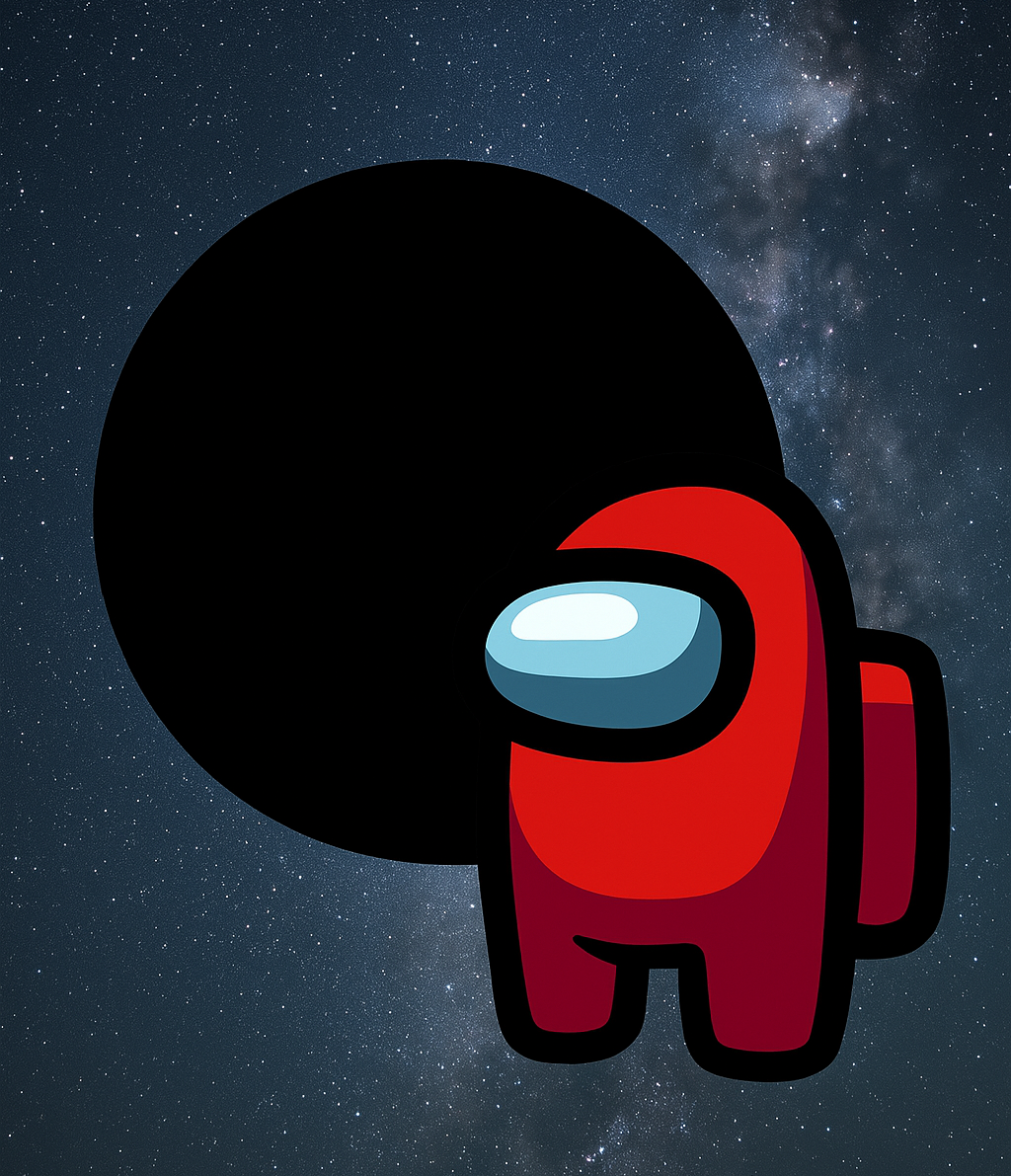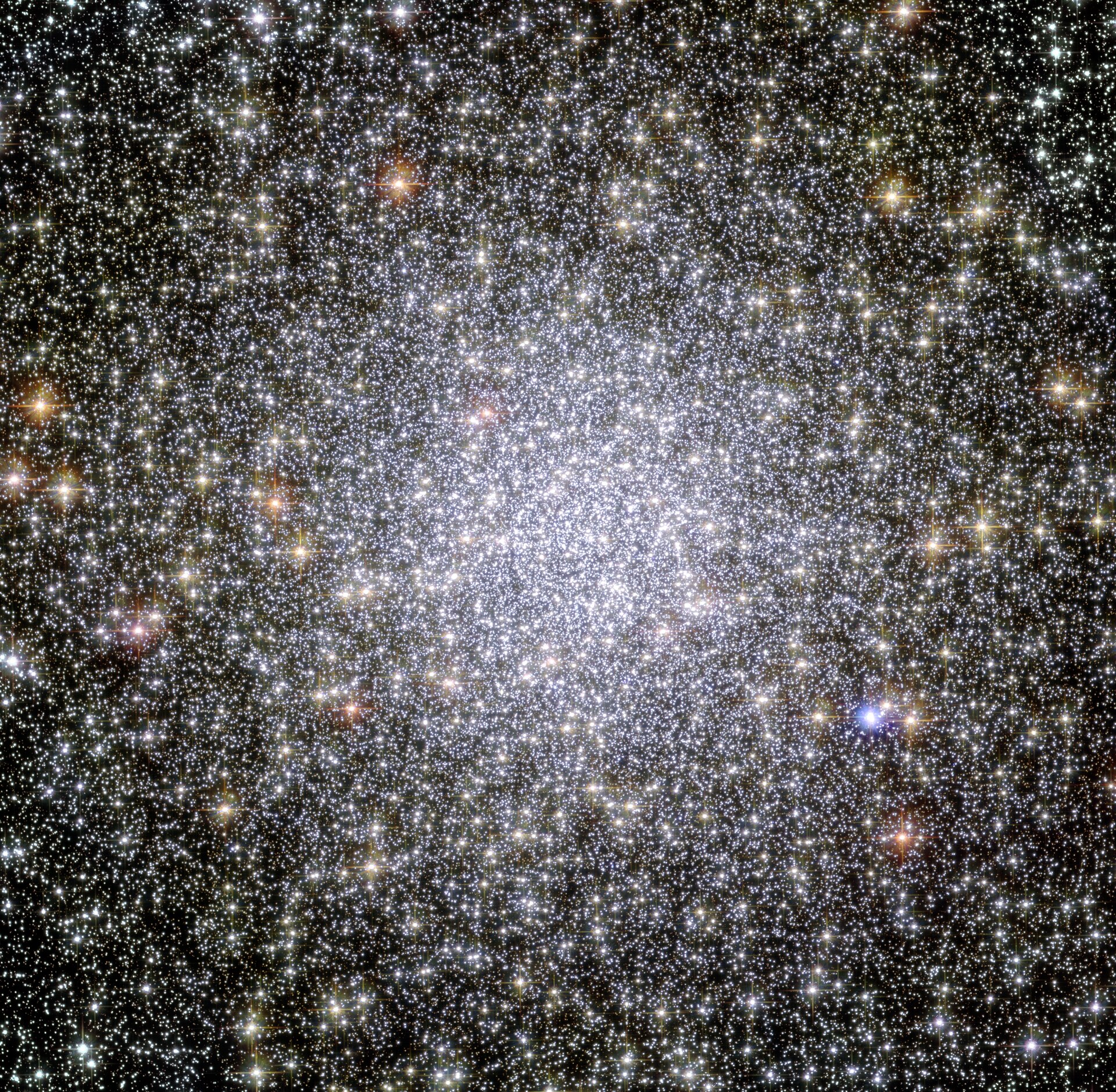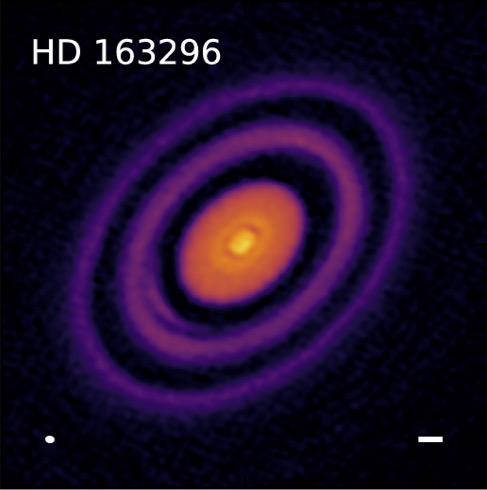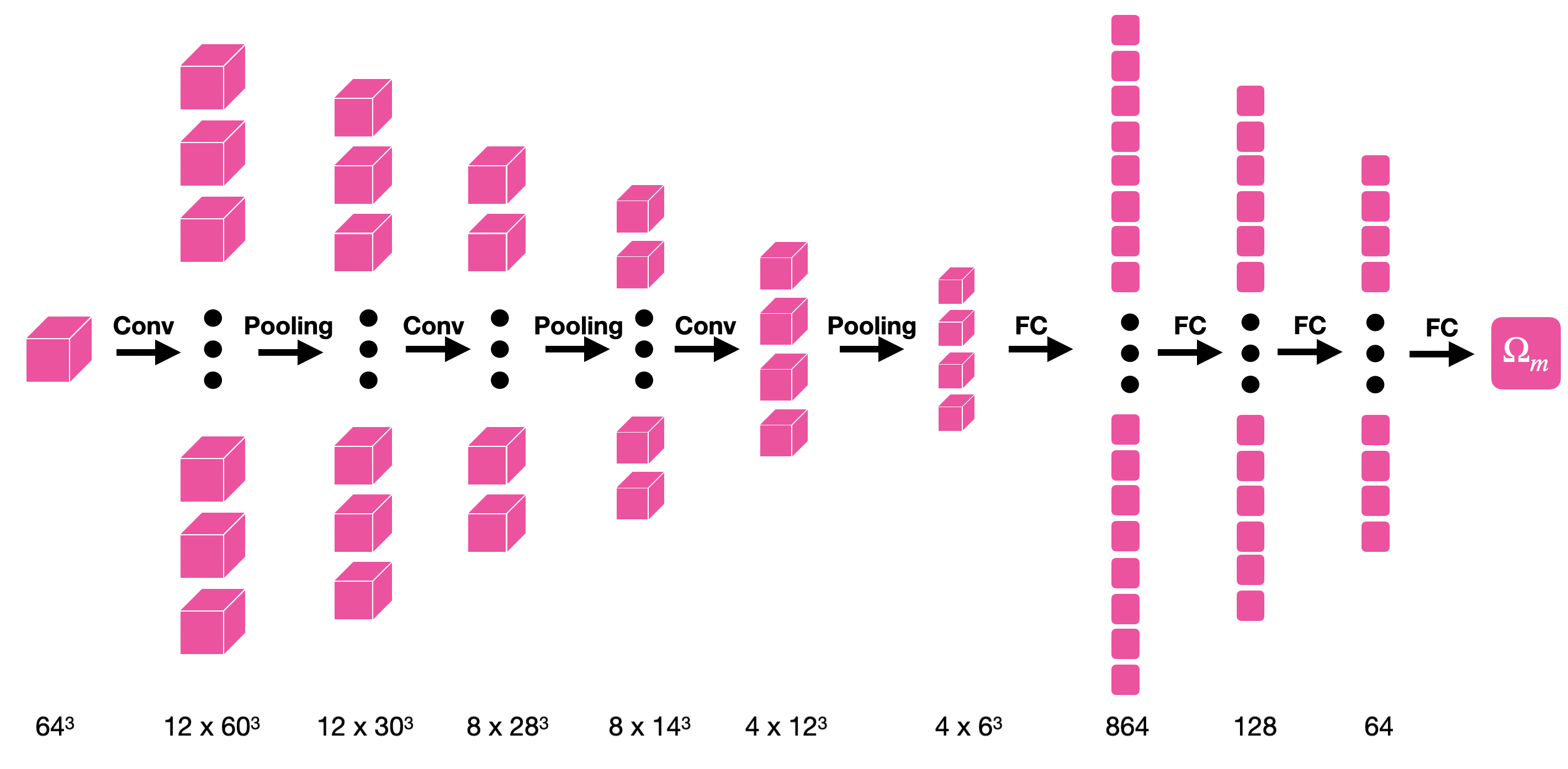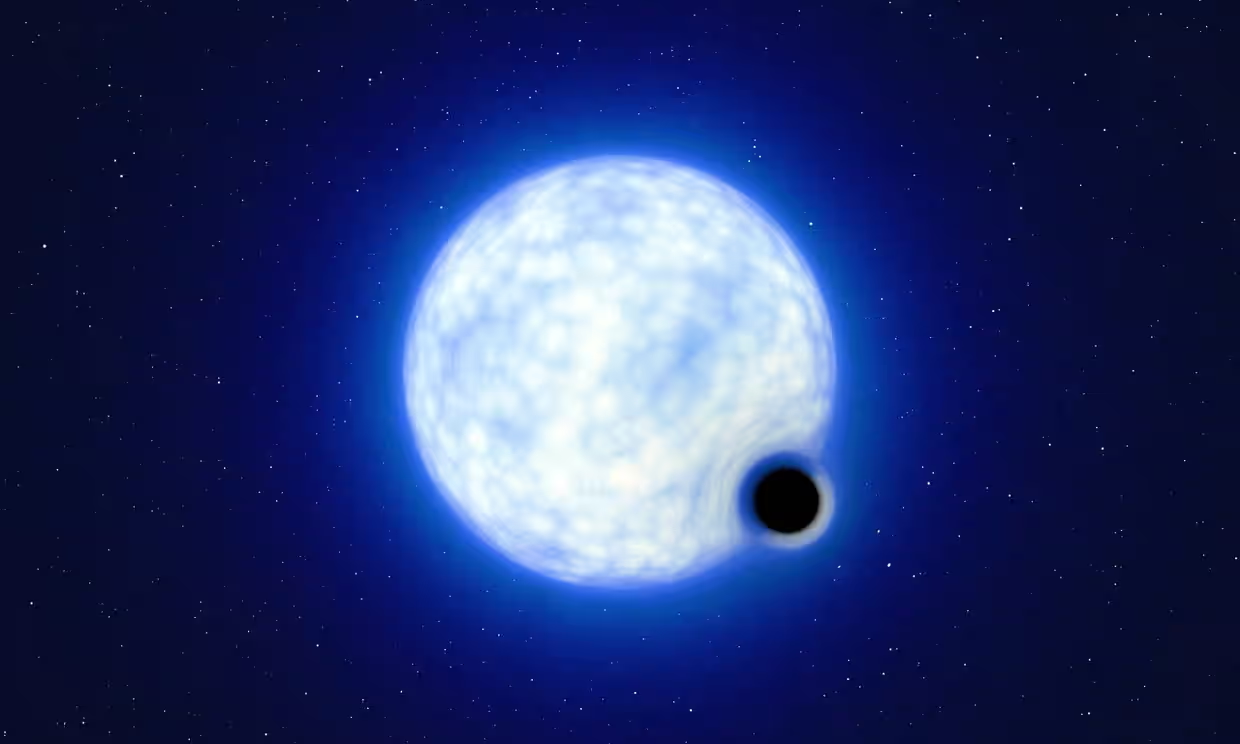
Hunting for dormant black holes in the Milky Way
While population synthesis models anticipate billions of stellar-mass BHs in the Milky Way, only a few have been identified, mostly in X-ray-emitting, accreting binary systems.
My research instead concentrates on dormant BHs in detached binary systems. These BHs induce distinct variations in their companion's radial velocity, flux, and light-centroid position,
offering an indirect detection method.
Image Credit: ESO/Calçada, L.


